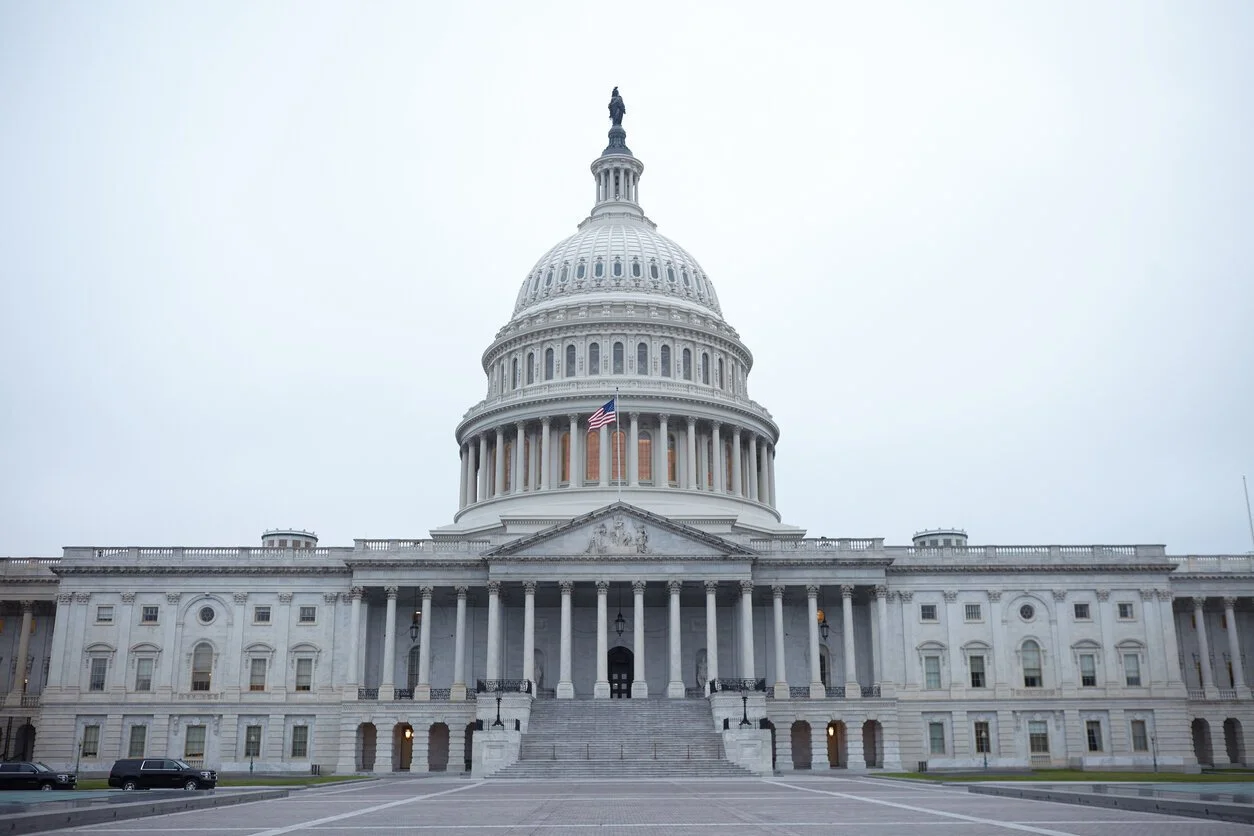Agencies Escape Sequestration this Year
Agencies can breathe a sigh of relief after the Congressional Budget Office confirmed its earlier findings that that discretionary spending will not force agencies to face sequestration in the final six weeks of the fiscal year.
While the decision to order a sequestration lies ultimately in the hands of the Trump Administration’s Office of Management and Budget, that agency agreed with CBO that appropriations for 2017 did not exceed budget caps.
CBO did say, however, that the budget caps established in the Bipartisan Budget Act of 2015 could be breached in the event that Congress adds new appropriations before Sept. 30. If that occurs, the 2018 discretionary budgets would have to be reduced, according to Federal News Radio.
The Biapartisan Budget Act of 2015 modified the caps on defense and nondefense funding for fiscal year 2017 that were established by the Budget Control Act of 2011 (P.L. 112-25). Specifically, those limits were reset to total $1,069.6 billion—$551.1 billion for defense programs and $518.5 billion for nondefense programs.
Caps can be adjusted upward in certain situations when appropriations are provided for unique purposes, such as military activities, disaster relief, or certain “program integrity” initiatives.
For 2017, adjustments to the caps on discretionary budget authority have totaled $118.0 billion. Most of that amount, $82.9 billion, is an increase in the defense cap to account for budget authority provided for overseas contingency operations. With that adjustment, the budget authority for 2017 increased to about $1.19 trillion in all. See table CBO below for full breakdown.



